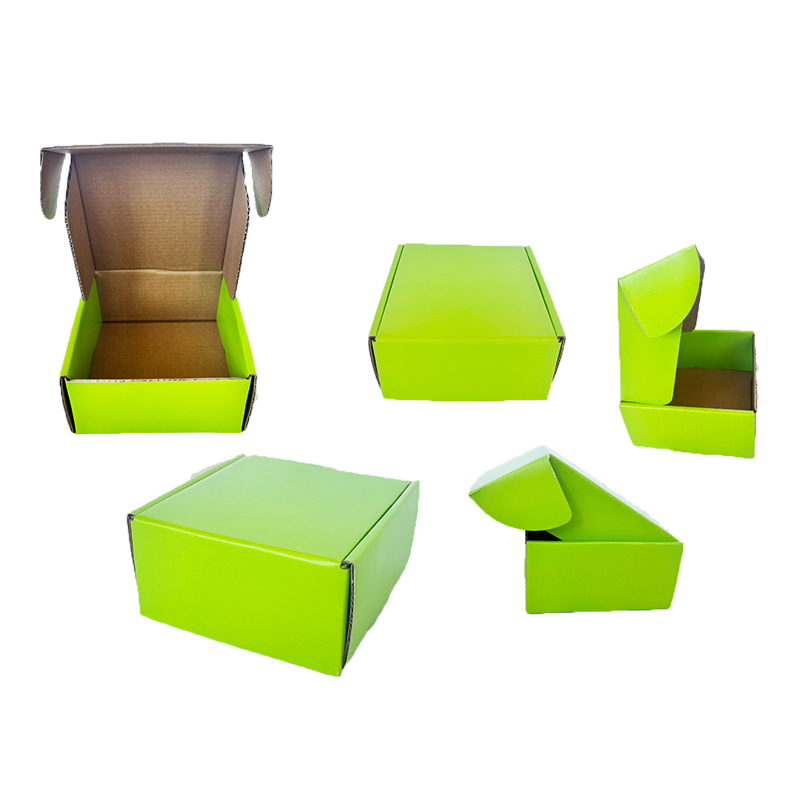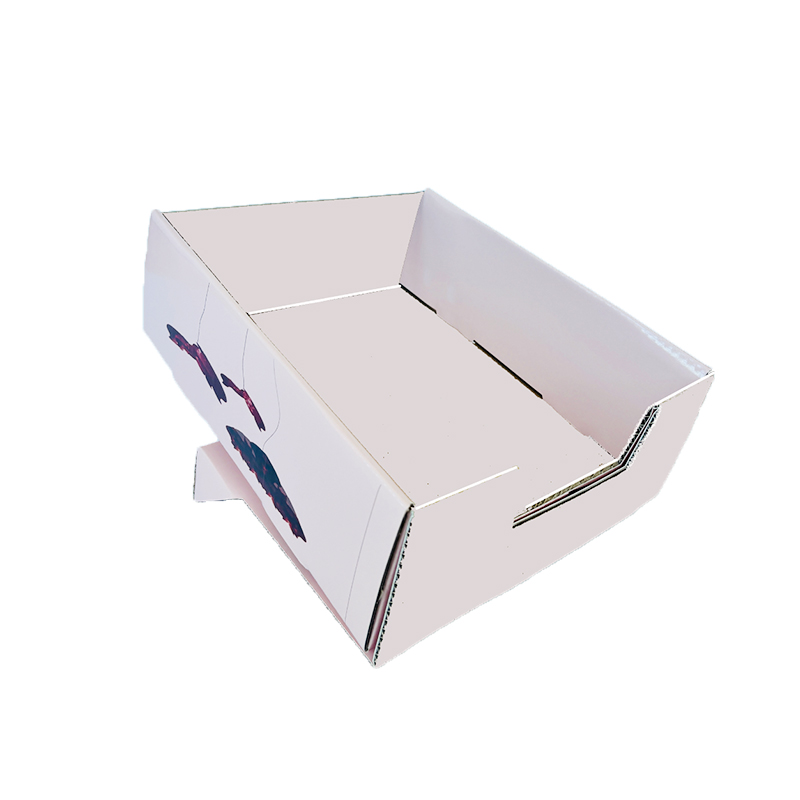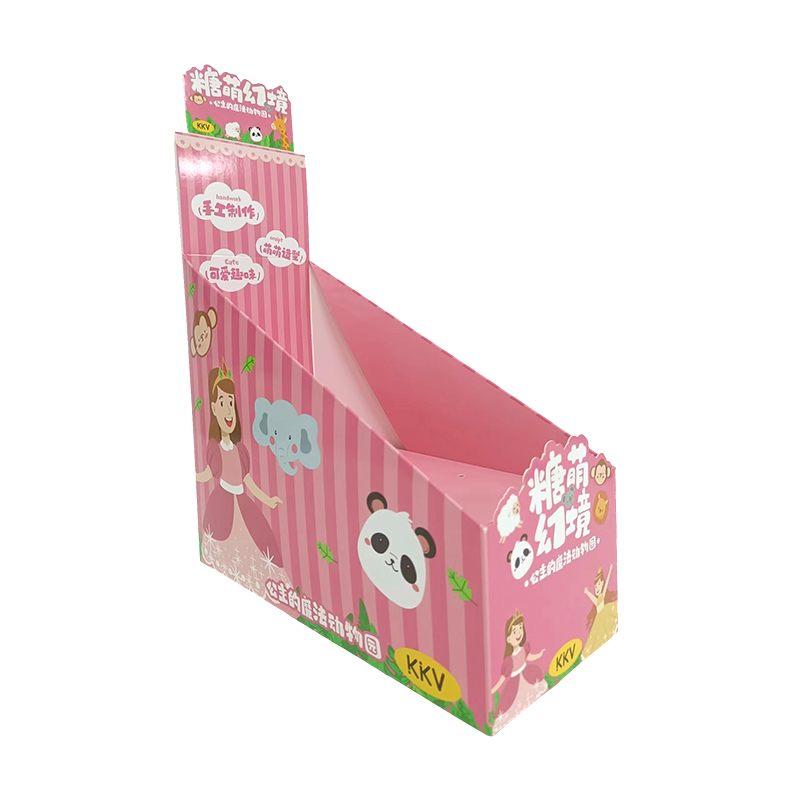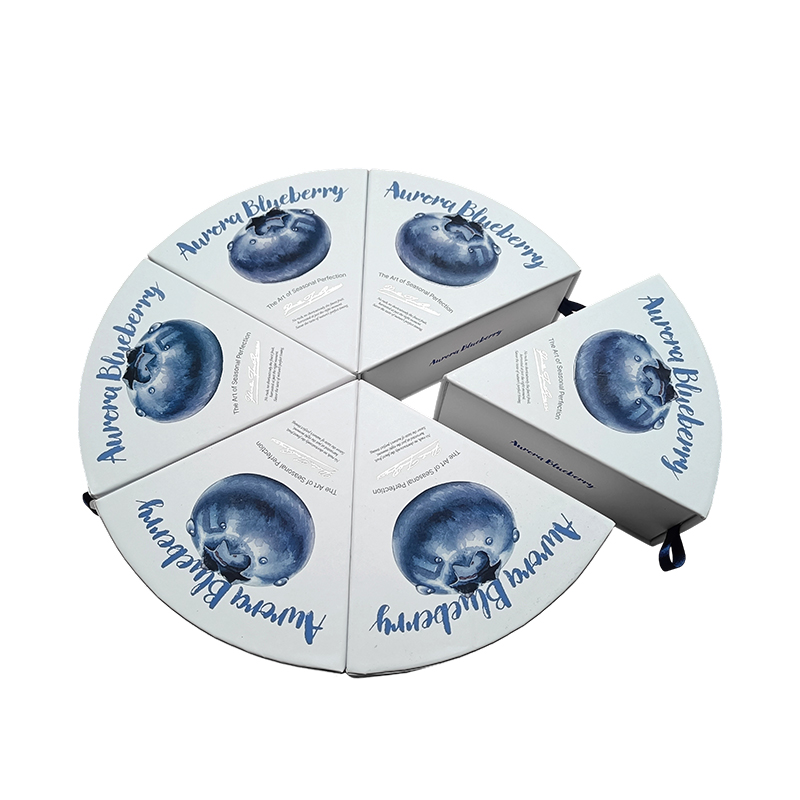PDQ (Pretty Damn Quick) packaging boxes have become essential in modern retail environments where speed and efficiency are paramount. These specially designed packaging solutions allow products to be quickly merchandised and replenished on store shelves with minimal handling. Unlike traditional packaging that requires extensive unpacking and arrangement, PDQ packaging boxes serve as both shipping containers and display units, significantly reducing labor costs and improving operational efficiency.
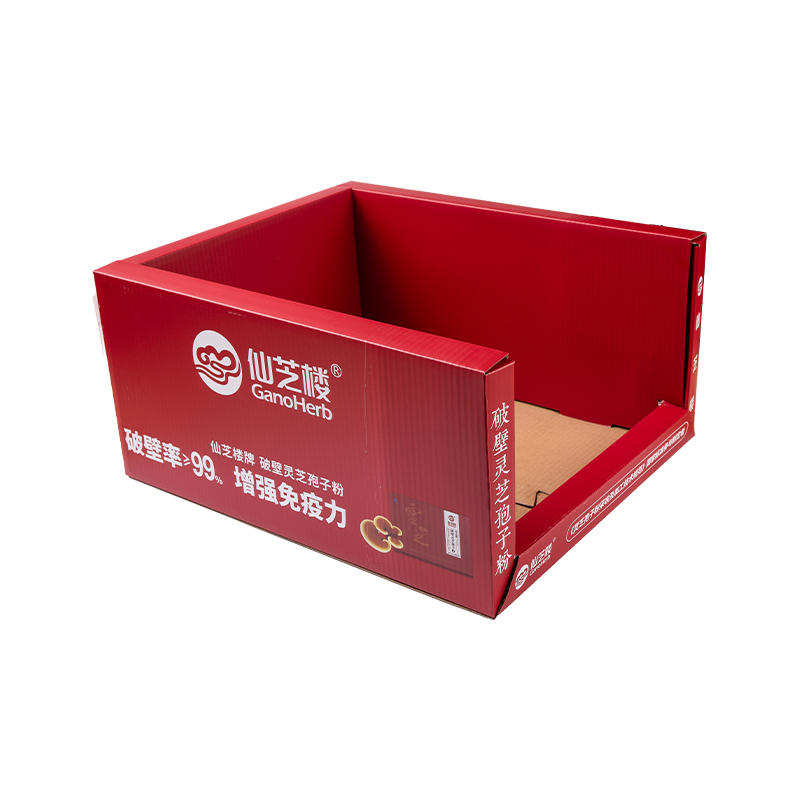
Supermarkets Can Directly Display Product Display Boxes
The importance of PDQ boxes extends across multiple industries including cosmetics, electronics, pharmaceuticals, and consumer goods. Their design typically features:
- Easy-open mechanisms for quick access
- Reinforced structures to protect products during transit
- Display-ready surfaces that require no additional packaging
- Space-efficient designs that maximize shelf utilization
Key Design Elements for Effective Retail Displays
When creating custom PDQ boxes for retail display, several design elements must be considered to ensure both functionality and visual appeal. The primary goal is to create packaging that transitions seamlessly from shipping container to attractive store display without additional labor.
Critical design aspects include:
- Structural integrity to protect products during transportation
- Easy-open features that don't compromise box stability
- High-quality graphics that enhance brand visibility
- Ergonomic handles or openings for easy carrying and unpacking
Material Selection for PDQ Display Boxes
The choice of materials significantly impacts both the performance and sustainability of PDQ boxes. Below is a comparison of common materials used:
| Material |
Advantages |
Disadvantages |
| Corrugated Cardboard |
Cost-effective, recyclable, good print surface |
Less durable than plastic alternatives |
| Plastic PET |
Durable, transparent options available, moisture-resistant |
Higher cost, less environmentally friendly |
| Folding Carton Board |
Premium appearance, excellent print quality |
Less protective than corrugated options |
Eco-friendly PDQ packaging solutions for sustainable retail
The Growing Demand for Sustainable Packaging
As environmental concerns continue to grow, retailers and consumers alike are seeking eco-friendly PDQ packaging solutions that minimize environmental impact without sacrificing functionality. Sustainable PDQ boxes combine the convenience of traditional PDQ packaging with environmentally responsible materials and production methods.
Modern eco-friendly PDQ solutions incorporate:
- Recycled and recyclable materials
- Water-based inks and adhesives
- Minimalist designs that reduce material usage
- Biodegradable or compostable alternatives where possible
Comparing Traditional vs. Sustainable PDQ Packaging
The shift toward sustainability has led to significant innovations in PDQ packaging. Here's how traditional and eco-friendly options compare:
| Feature |
Traditional PDQ |
Sustainable PDQ |
| Material Source |
Virgin materials |
Recycled/renewable materials |
| Carbon Footprint |
Higher |
Reduced by 30-60% |
| End-of-Life Options |
Mostly landfill |
Recycling/composting |
| Cost Premium |
None |
10-25% higher |
PDQ counter display boxes: Maximizing Impulse Purchases
The Psychology of Counter Display Packaging
PDQ counter display boxes are specifically designed to capitalize on impulse buying behaviors at checkout areas. These compact yet eye-catching displays serve as the last point of contact between products and potential customers, making their design and placement crucial for conversion.
Effective counter display boxes incorporate several psychological triggers:
- Bright colors and bold graphics that stand out in busy environments
- Convenient single-serving or trial-size product offerings
- Interactive elements that encourage product engagement
- Strategic placement within the "impulse zone" near payment areas
Optimal Sizing and Configuration for Counter Displays
Counter displays must balance visibility with space constraints. The most successful configurations typically:
- Occupy no more than 12-18 inches of counter space
- Maintain a height between 6-12 inches for optimal visibility
- Feature angled or tiered designs to maximize product visibility
- Include clear product identification at multiple viewing angles
Key Selection Criteria for PDQ Box Suppliers
When searching for affordable PDQ box manufacturers, price shouldn't be the only consideration. Quality, reliability, and production capabilities are equally important factors that will impact your final product and its performance in the market.
Essential criteria for evaluating manufacturers include:
- Experience with retail packaging and PDQ-specific designs
- Minimum order quantities that match your needs
- Turnaround times that fit your production schedule
- Quality control processes and certifications
- Sustainability commitments and material options
Cost-Saving Strategies Without Sacrificing Quality
Working with manufacturers to reduce costs requires careful planning and consideration of multiple factors:
| Strategy |
Potential Savings |
Considerations |
| Standard Sizes |
15-30% |
May limit design flexibility |
| Economy Materials |
10-25% |
May affect durability |
| Simplified Graphics |
5-15% |
Could impact shelf appeal |
| Larger Print Runs |
20-40% |
Requires storage space |
Best materials for PDQ packaging: Durability vs. Cost
Comprehensive Material Analysis for PDQ Boxes
Selecting the best materials for PDQ packaging involves balancing durability, cost, aesthetics, and sustainability. The ideal material varies depending on product weight, retail environment, and brand positioning.
The most common materials used in PDQ packaging include:
- Corrugated fiberboard (various flute sizes)
- Solid bleached sulfate (SBS) board
- Recycled paperboard
- Plastic PET and PP
- Hybrid material combinations
Material Performance Comparison
Understanding how different materials perform can help in selecting the optimal solution for specific applications:
| Material |
Durability |
Print Quality |
Cost Level |
Sustainability |
| E-flute Corrugated |
Medium |
Good |
Low |
High |
| B-flute Corrugated |
High |
Fair |
Medium |
High |
| SBS Board |
Medium |
Excellent |
High |
Medium |
| Recycled PET |
High |
Good |
High |
Medium |


 Français
Français Español
Español عربى
عربى
